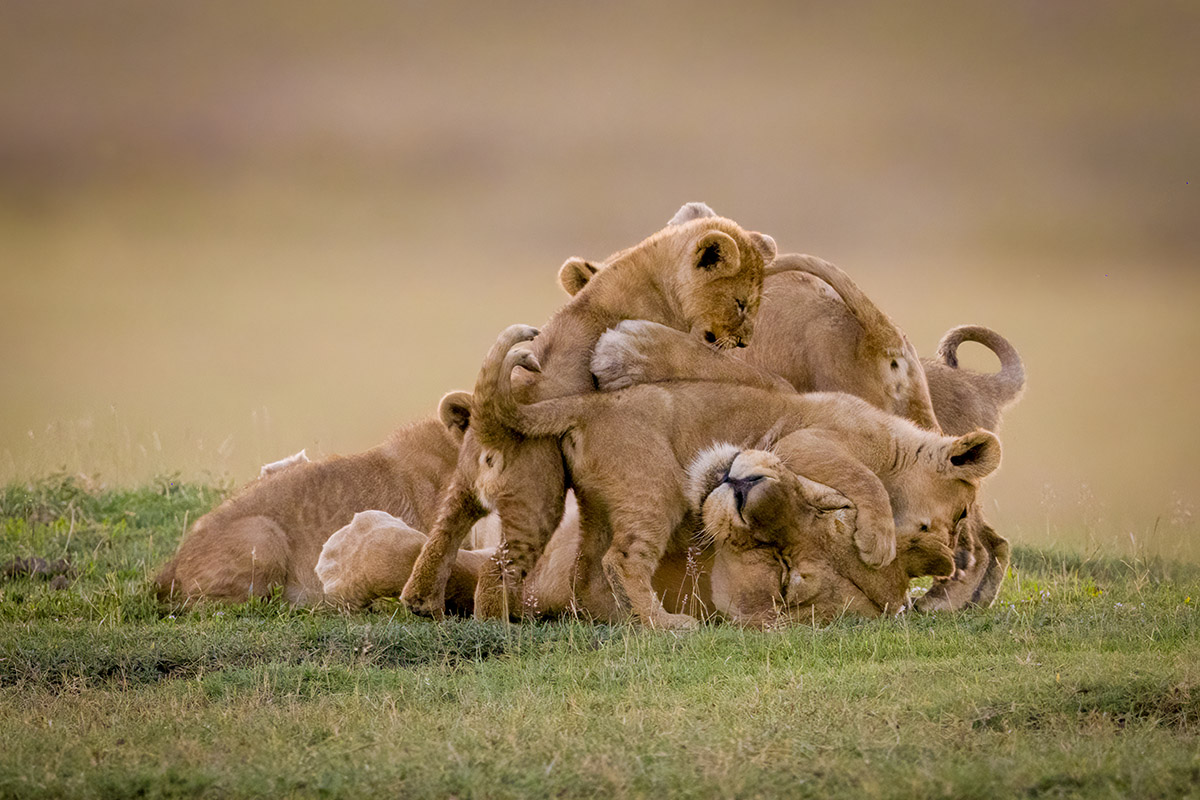Wildlife photography is an exhilarating and challenging genre that requires patience, skill, and a deep appreciation for nature. Whether you’re a seasoned professional or an aspiring photographer, these essential tips will help you capture breathtaking images of animals in their natural habitat.
1. Know Your Subject
Understanding animal behavior is crucial in wildlife photography. Research the species you intend to photograph, including their habits, habitats, and peak activity times. This knowledge allows you to anticipate movements and capture the most dynamic shots.
2. Use the Right Equipment
Invest in a quality camera and lens suited for wildlife photography. A telephoto lens (300mm or more) is ideal for capturing animals from a safe distance without disturbing them. A fast shutter speed and high ISO capabilities will help freeze motion and capture crisp details in various lighting conditions.
3. Master Your Camera Settings
Shutter Speed: Use a fast shutter speed (1/1000s or higher) to freeze action, especially for birds in flight or running animals.
Aperture: A wide aperture (low f-number) helps blur the background and keep focus on the subject.
ISO: Adjust ISO according to lighting conditions; higher ISO is useful for low-light situations.
Autofocus Mode: Continuous autofocus (AI Servo or AF-C) helps track moving subjects effectively.
4. Be Patient and Stealthy
Wildlife photography requires immense patience. Animals won’t always appear when and where you expect them. Approach your subject quietly, wear neutral-colored clothing, and avoid sudden movements to prevent startling them.
5. Shoot at Eye Level
Position yourself at the animal’s eye level for more intimate and engaging shots. This perspective creates a stronger connection between the subject and the viewer.
6. Make Use of Natural Light
The golden hours—early morning and late afternoon—offer the best lighting for wildlife photography. The soft, warm tones enhance details and create a pleasing atmosphere. Avoid harsh midday sunlight, which can produce unflattering shadows and highlights.
7. Compose Thoughtfully
Apply the rule of thirds to create visually balanced images. Leave space in the frame for the animal to “move into” for a more dynamic composition. Include elements of the environment to tell a story and add context to your shots.

Photo © Nick Dale
8. Capture Behavior and Action
Instead of just photographing animals standing still, aim to capture their natural behaviors—hunting, feeding, playing, or interacting with others. These moments make for more compelling and storytelling images.
9. Be Respectful and Ethical
Respect wildlife and their habitats. Never disturb, bait, or interfere with animals for the sake of a shot. Follow ethical photography guidelines and adhere to local conservation laws to ensure the well-being of the species you photograph.
10. Practice and Experiment
Wildlife photography is a skill that improves with practice. Experiment with different angles, lighting conditions, and compositions to develop your unique style. Reviewing and analyzing your shots will also help refine your techniques over time.
Wildlife photography is a rewarding pursuit that requires technical expertise, patience, and a deep respect for nature. By following these tips, you can enhance your skills and capture stunning images that showcase the beauty of the animal kingdom. So grab your gear, head into the wild, and start snapping breathtaking wildlife shots!
Article preview, banner and inside photo © Nick Dale


